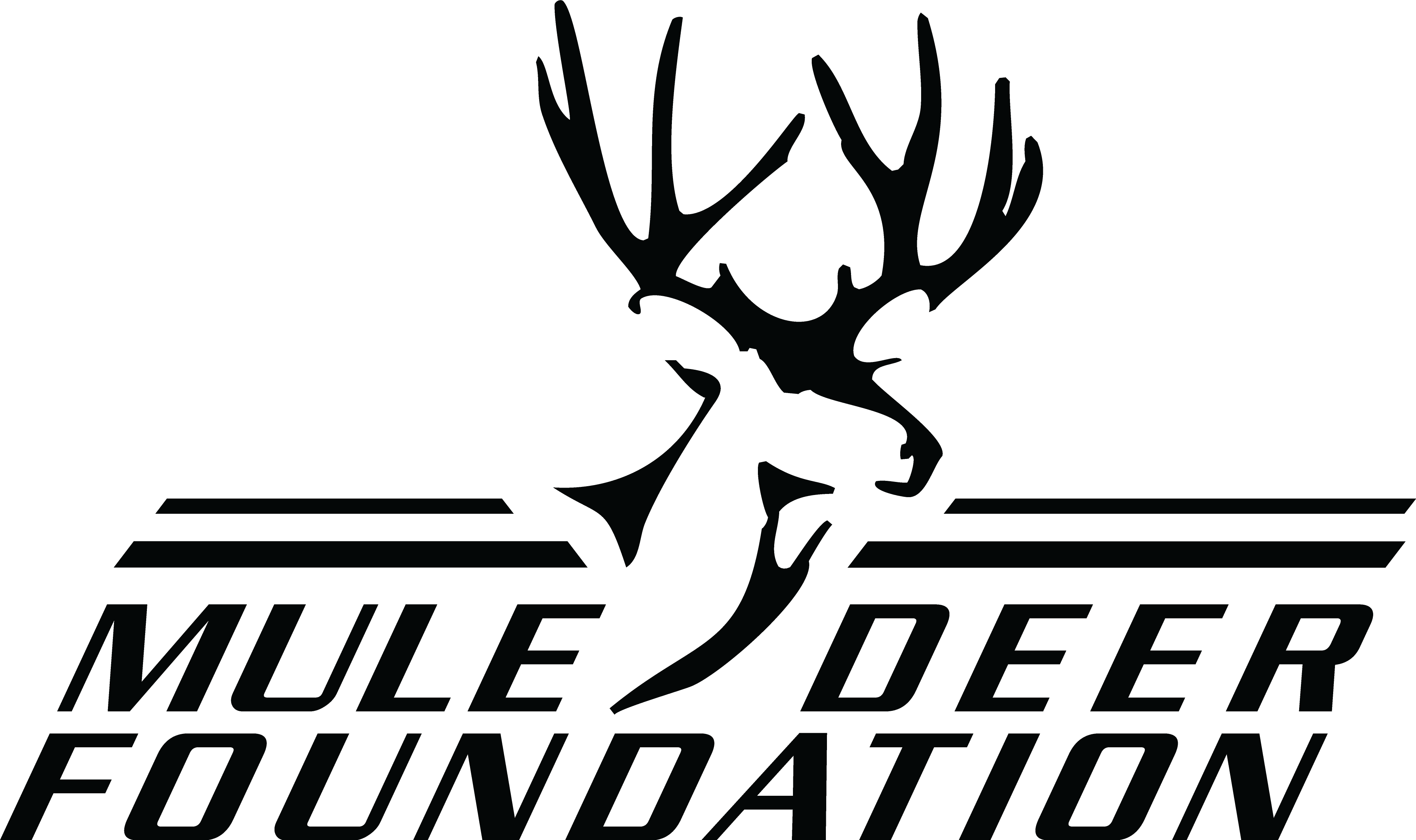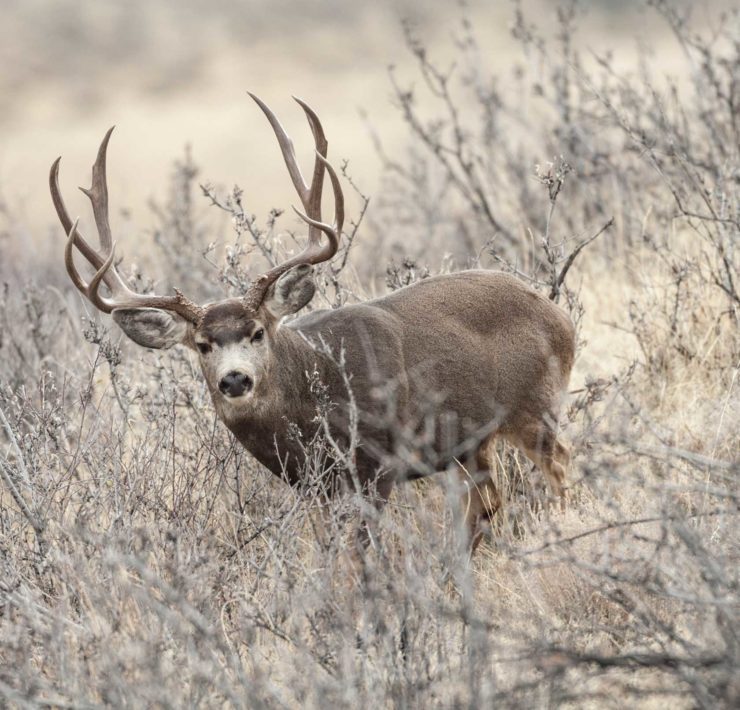The First Mountain Man and the Mule Deer.

By: Cody Fongemie
There are few mountain men as famous as John Colter, the first mountain man. Colter became the first mountain man because he was one of the first people to cross the West to the Pacific Ocean while a member of the Corps of Discovery during Lewis and Clark’s famed expedition. Colter was one of the Corps of Discovery’s most skilled hunters and scouts, helping to guide them along their way and keeping the entire group well-fed throughout the expedition. Being one of the first Americans to hunt in this land, Colter helped discover many unique species. Still, one of those was distinct from the others.
The Journey
In 1804 while the Corps of Discovery was traveling through present-day Oacoma, South Dakota. Aa hunting party including Colter successfully killed a large deer with forked antlers and unusually large ears. When he brought it back to camp, Meriwether Lewis and William Clark took note of the animal’s distinctive characteristics. Up to that point, there was no scientific record of the species in the United States.
A Curious Kill in South Dakota
The animal in question was what we now recognize as a mule deer, a species distinguished by its large, mule-like ears. The deer’s unique forked antlers, unlike the single-tined antlers of the more familiar white-tailed deer, also piqued Clark’s interest. Lewis, who had received training in natural science from Thomas Jefferson’s associates before the Expedition, meticulously documented the species’ physical traits and behaviors, adding to the intrigue of this newfound creature.
This encounter marked the first documented scientific description of the mule deer by Euro-American explorers. While Indigenous peoples across the American West had hunted and lived alongside mule deer for centuries, the Lewis and Clark journals provided the first written account of the species for the expanding field of American zoology. This documentation description would continue throughout the journey as more of these creatures were brought in, and Lewis would later start referring to them as mule deer. That’s how they came to be known by the name we know them by today.
The First Scientific Description of the Mule Deer
Colter’s kill, though seemingly insignificant in the grand scheme of the expedition, was emblematic of how field experience and observation were instrumental in shaping early American natural science. The Corps of Discovery’s mission extended beyond mapping new territory to cataloging the flora and fauna of the Louisiana Purchase and the Pacific Northwest.
Every specimen, every observation, even those that began with a hunter’s rifle, contributed to the young nation’s understanding of its vast new lands, underscoring the importance of these methods in scientific discovery.
Colter’s Run and Frontier Legacy
Instead of returning to St. Louis after the Expedition, Colter would request permission to leave the expedition, and would spend the next several years exploring the Rocky Mountains and the surrounding areas. During this time, his historic encounter with the Blackfeet Warriors took place. This event would become known as “Colter’s Run.” It deserves its own telling outside this article. Besides his historic run, Colter would become known for being one of the first people to really explore Yellowstone and help us name the deer we love to hunt in the mountains where he once did.
Citations:
Moulton, Gary E., ed. The Journals of the Lewis and Clark Expedition, Volume 5: July 28–November 1, 1805. University of Nebraska Press, 1988.
Discover Lewis & Clark. (n.d.). Discover Lewis & Clark. Retrieved May 31, 2025, from https://lewis-clark.org/
Good Luck!
Remember to send any success pictures or stories from the field to [email protected]. You could be featured on our website or in our magazine. If this article or any of our articles have helped you become a better hunter or conservation steward, become a member of the Mule Deer Foundation or Blacktail Deer Foundation for only $35 dollars a year. Click here to join: https://muledeer.org/product-category/membership/

Cody Fongemie @Fongeinthefield
Born and raised in New England, Cody developed a deep appreciation for American history and adventure from a young age. His love for the outdoors led him to become both an avid outdoorsman and a dedicated writer on related topics. After studying in South Carolina, he enlisted in the Air Force, where he is currently serving. Outside of his military duties, Cody enjoys hunting, fly fishing, and sharing his experiences through his writing. He also works to connect the military community with the outdoors through non-profit initiatives.




